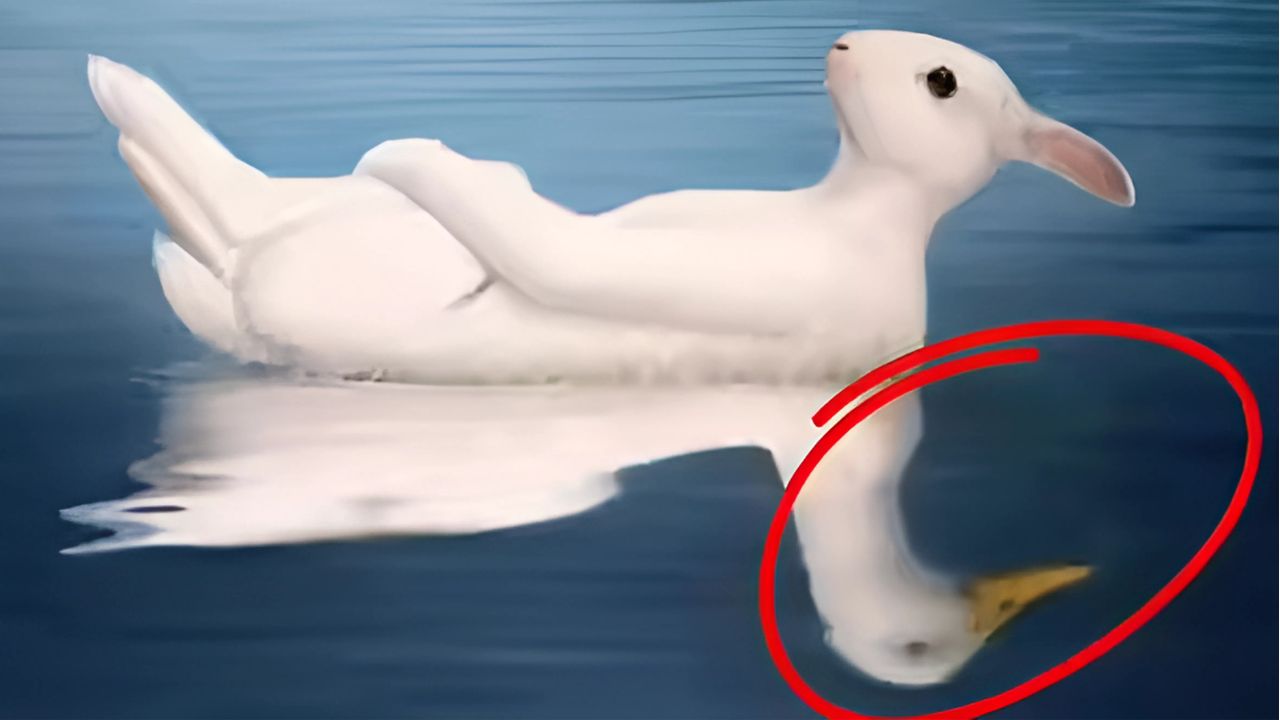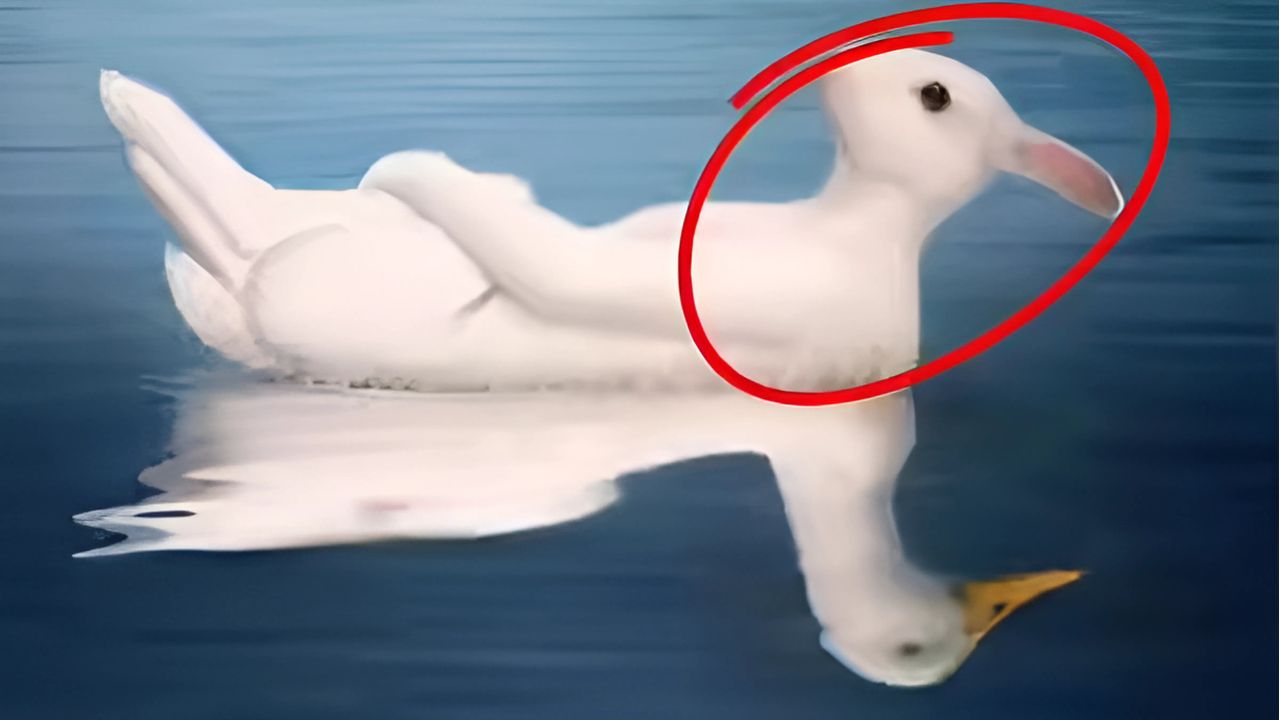Originally published in German magazine “Fliegende Blätter” in 1892, this Viral Optical Illusion Test remarkable illusion gained scientific recognition through American psychologist Joseph Jastrow’s research in 1899. The National Institute of Mental Health has documented how visual perception connects to cognitive processing patterns.
How Your Brain Interprets the Image
The duck-rabbit demonstrates “perceptual ambiguity” – where identical visual information creates different interpretations. Your brain rapidly processes cues: the duck’s bill becomes rabbit ears, while the duck’s head transforms into the rabbit’s mouth.
Viral Optical Illusion Test What You See First Could Reveal Your Mind
Personality Traits Based on First Perception
Duck-First Viewers: Social Intelligence
Research suggests people who immediately see the duck typically exhibit:
- Enhanced Social Skills: Natural charm and interpersonal abilities
- Emotional Intelligence: Heightened empathy and emotional awareness
- Adaptability: Flexibility in changing environments
- Communication Strength: Creative expression and storytelling abilities
According to CDC behavioral health studies, individuals with strong social cognition often demonstrate these duck-perception characteristics.
Rabbit-First Viewers: Analytical Thinking
Those who spot the rabbit first often display:
- Systematic Analysis: Logical, methodical problem-solving approaches
- Detail Orientation: Exceptional attention to specifics and accuracy
- Independent Thinking: Preference for autonomous decision-making
- Strategic Planning: Long-term vision and comprehensive preparation
Personality Perception Data Comparison
| First Perception | Primary Traits | Career Strengths | Cognitive Style |
|---|---|---|---|
| Duck | Social Intelligence, Empathy | Sales, Teaching, HR | Interpersonal Focus |
| Rabbit | Analytical Thinking, Detail-Oriented | Engineering, Research | Technical Focus |
| Both Equally | High Cognitive Flexibility | Management, Consulting | Adaptive Processing |
Practical Applications in Daily Life
Understanding your perceptual tendencies offers valuable insights for career development and relationship building. The Department of Labor emphasizes how cognitive diversity strengthens workplace teams.
Career Implications:
- Duck-viewers excel in relationship-focused roles
- Rabbit-viewers thrive in analytical, technical positions
- Both perspectives create balanced, effective teams
Limitations and Scientific Considerations
While fascinating, this test represents one cognitive data point rather than comprehensive personality assessment. Professional evaluations through American Psychological Association certified practitioners provide more thorough personality insights.
Important factors:
- Cultural background influences perception
- Current mood affects initial interpretation
- Multiple viewings may yield different results
Enhancing Cognitive Flexibility
Regardless of initial perception, you can develop broader cognitive skills through perspective-taking exercises and mindfulness practices. The National Science Foundation supports research showing cognitive flexibility benefits problem-solving abilities.
Viral Optical Illusion Test
The duck-rabbit illusion demonstrates how individual differences in perception reflect deeper cognitive variations. Whether you see the charming duck or analytical rabbit first, your perception offers valuable insights into your natural strengths and processing style.
Remember: personality complexity extends far beyond single tests. Use these insights for self-reflection while appreciating the cognitive diversity that strengthens human collaboration and innovation.
Frequently Asked Questions
Q: Is the duck-rabbit test scientifically accurate?
A: While based on legitimate research, it’s one indicator among many personality factors, not a comprehensive assessment.
Q: Can seeing both animals simultaneously indicate anything special?
A: Yes, it typically suggests high cognitive flexibility and adaptability in processing different perspectives.
Q: Does cultural background affect what people see first?
A: Research shows cultural familiarity with rabbits or ducks can influence initial perception patterns.
Reference: Original article from Theatre of Image Australia
Also Read:-Optical Illusion Challenge Try Looking Away From Burberry in 5 Seconds


